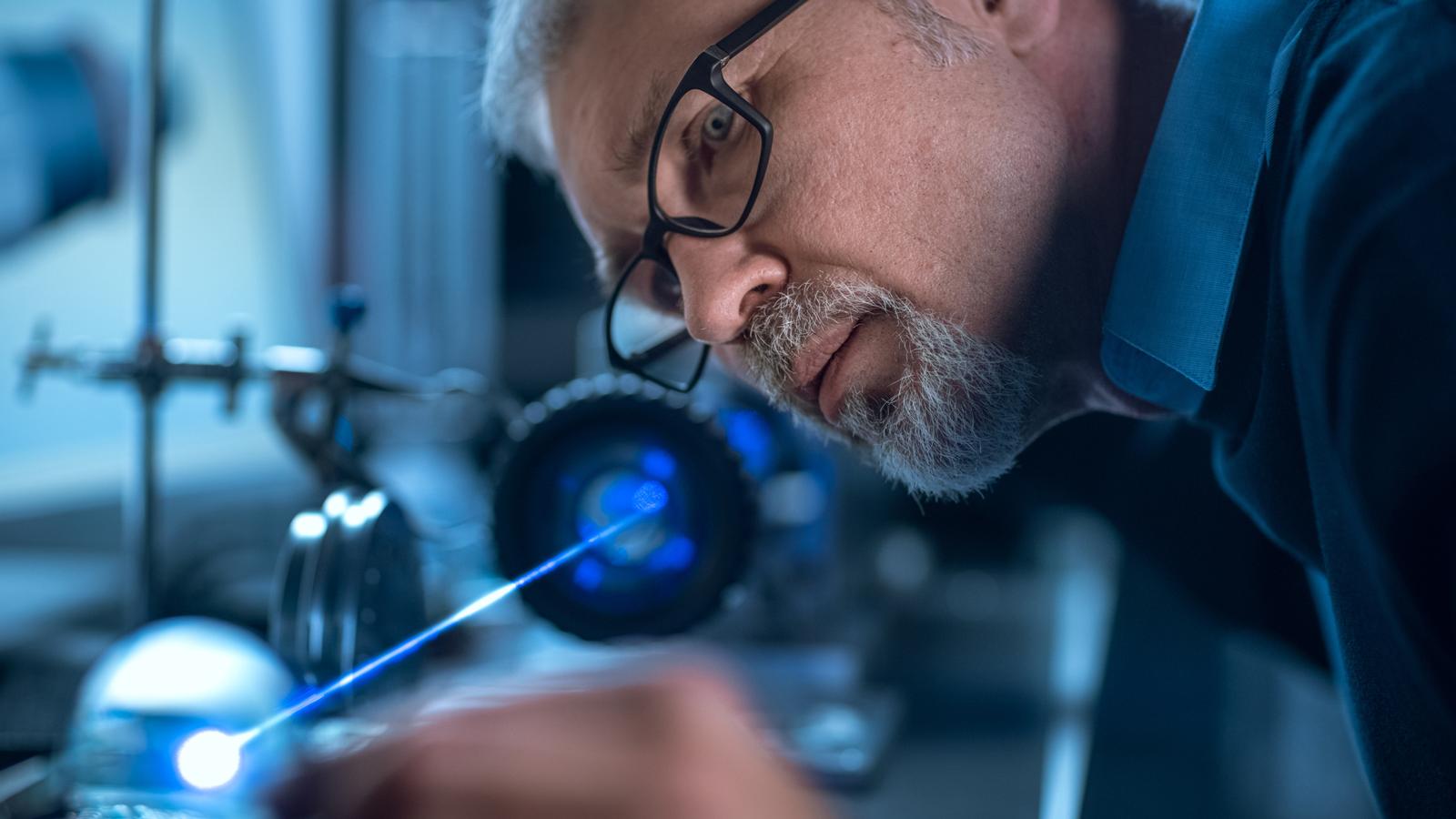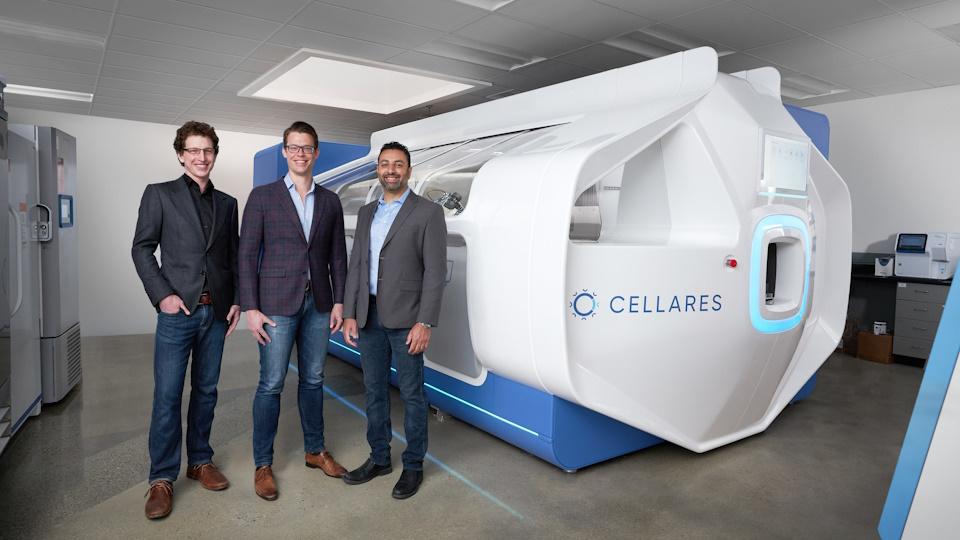Patients as Partners Europe: Are we doing patient centricity all wrong?

To be truly patient centric, do we need to turn the current model on its head and work within a more free-thinking, free-speaking framework? Amanda Barrell reports from Patients as Partners Europe.
Despite huge progress over the last decade, patient involvement in research is still largely in the hands of the pharmaceutical companies.
That is according to neuroscientist-turned-advocate, Dr Jonathan Stamford, who told this week’s virtual Patients as Partners Europe conference that patients – not industry – should be driving the charge.
“The evolution of the patient involvement is a relatively explosive field. If you go back ten years, the role of patients in research was fundamentally as subjects. There were recruited and followed up but that was the limit of their involvement,” he said.
“Now, they are increasingly finding themselves participants in trial design.”
However, the current models of engagement were not leveraging the best insights from patients, he said.
“Moving away from structured, formulaic consultation and simply listening to what people have to say would lead to much deeper, more valuable insights.”
“While it varies from company to company, it is still very much at the drug company’s bidding in terms of their interpretation of the requirements,” he said.
“The company will have a series of questions they want answered, but to my mind the biggest thing we need to do is encourage a sense of co-responsibility. That means more dialogue, more involvement, and more depth.”
Building co-responsibility
Dr Stamford brings something of a unique perspective to his advocacy work. He led a small group of Parkinson’s disease (PD) researchers for years before being diagnosed with the condition himself in 2006, three years after retiring from academia.
Since then, he has dedicated himself to patient advocacy, with The Cure Parkinson’s Trust, and as co-founder of Parkinson’s Movement, which aims to give the collective PD community a voice in research.
He also acts as an independent advocate, with current projects including a series of videos that explore the taboo elements of PD. Dr Stamford is also part of a consultancy panel, currently mothballed because of COVID-19, of scientists and healthcare professionals who live with the condition themselves.
Expanding on his idea of co-responsibility, Dr Stamford said it was a case of “building foundations” upon mutual interests.
The pharma industry and patients are co-dependent, and they occupy the same space, despite the traditional silos that have built up over the years.
Understanding that patient-to-patient conversations are often very different to patient-to-HCP or patient-to-researcher conversations is crucial to progress, said Dr Stamford.
“For example, a lot of the side effects of PD medications are much more well known to the patients than they are to the drug companies,” he said.
Moving away from structured, formulaic consultation and simply listening to what people have to say would lead to much deeper, more valuable insights.
“We need a basis not of patients talking to drug companies, but patients talking among themselves and drug companies capturing that information,” he said.
“I think that is where significant advances can be made, through these much more frank, honest discussions.”
Taking control
Achieving true patient centricity would involve turning the current model on its head, Dr Stamford believes.
“Often, an advisory board will be a drug company presenting what they are doing, and almost seeking approval from the patients.”
It is an approach that can “trivialise the knowledge and expertise” of the participants, and one that can make it very difficult to uncover what really matters to patients.
“I think it should be the opposite way round. Patients should be driving the agenda. In an ideal world, patients would be setting up their own advisory boards, and inviting drug company representatives to hear what they have to say.
“I think that is where the greatest progress will be made, and that’s the area with the most significant deficit.”
Expanding on limited scope
Asked how things could be improved, Dr Stamford said the biggest problem currently was that patient advocacy was “very limited in scope”.
“When you ask those of us who are patient advocates what our advocacy entails, for the most part it is a case of increasing awareness among the lay population,” he said.
“But I think that is setting the bar too low. Advocacy needs to be more proactive.”
Some patient communities, he said, had a culture of passivity that runs counter to effective, collaborative working.
“That is something we have to resist. Because, to my mind, the scope of what patients can achieve is colossal. It just requires vision,” he said.
He believes that educating patients on what can be achieved with advocacy is the key to taking the movement to the next step.
Tapping into success stories and learning how proactive patient communities, such as those in HIV and AIDS, operate, could help to expand the scope of advocacy – and empower people to take control.
About the author
Amanda Barrell is a freelance health and medical education journalist, editor and copywriter. She has worked on projects for pharma, charities and agencies, and has written extensively for patients, healthcare professionals and the general public.













